24 hours: CNS, Steamnasium, Columbia Data Science Day
The first two days of April marked an intense period of sharing work across numerical cognition and neuroscience, education technology, and machine learning and research methods. Within a span of roughly 24 hours, our lab and program involvements led us to present at three distinct events: the Cognitive Neuroscience Society (CNS) annual meeting, Teachers College’s STEAMnasium, and Columbia’s Data Science Day. These were showcases of our research at the Language and Cognitive Neuroscience Lab and practical applications of educational technology from our MA program.
Cognitive Neuroscience Society (CNS) 2025 (Monday, 1 April)
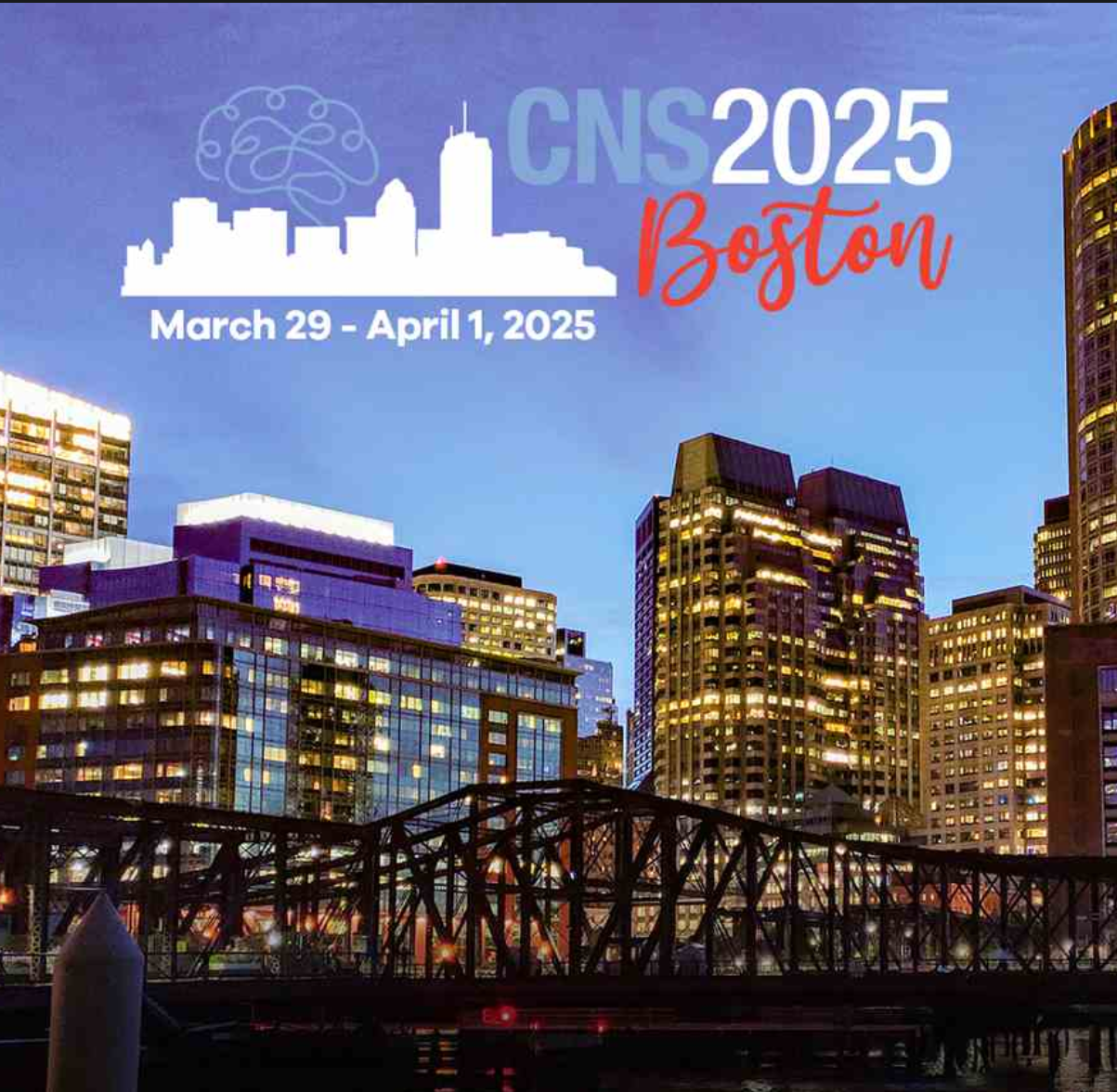
CNS 2025, Boston

Me in front of our poster on numerical cognition
Our journey began at the annual CNS meeting in Boston. We presented findings from an EEG study conducted at the Language and Cognitive Neuroscience Lab, investigating how the brain processes small versus large numerical quantities. We looked at ERP components like the N1 and P3b during a numerical change detection task.
Our results support distinct neural mechanisms for perceiving small numbers (1-3), likely involving individuation, versus larger numbers (4-6), which rely more on estimation. We observed N1 amplitude scaling with cardinality only in the small number range. P3b variations reflected the cognitive effort involved in updating mental representations during number changes, aligning with context-updating theories. Please view the full presentation here.
STEAMnasium 2025 at Teachers College (Wednesday, 2 April)
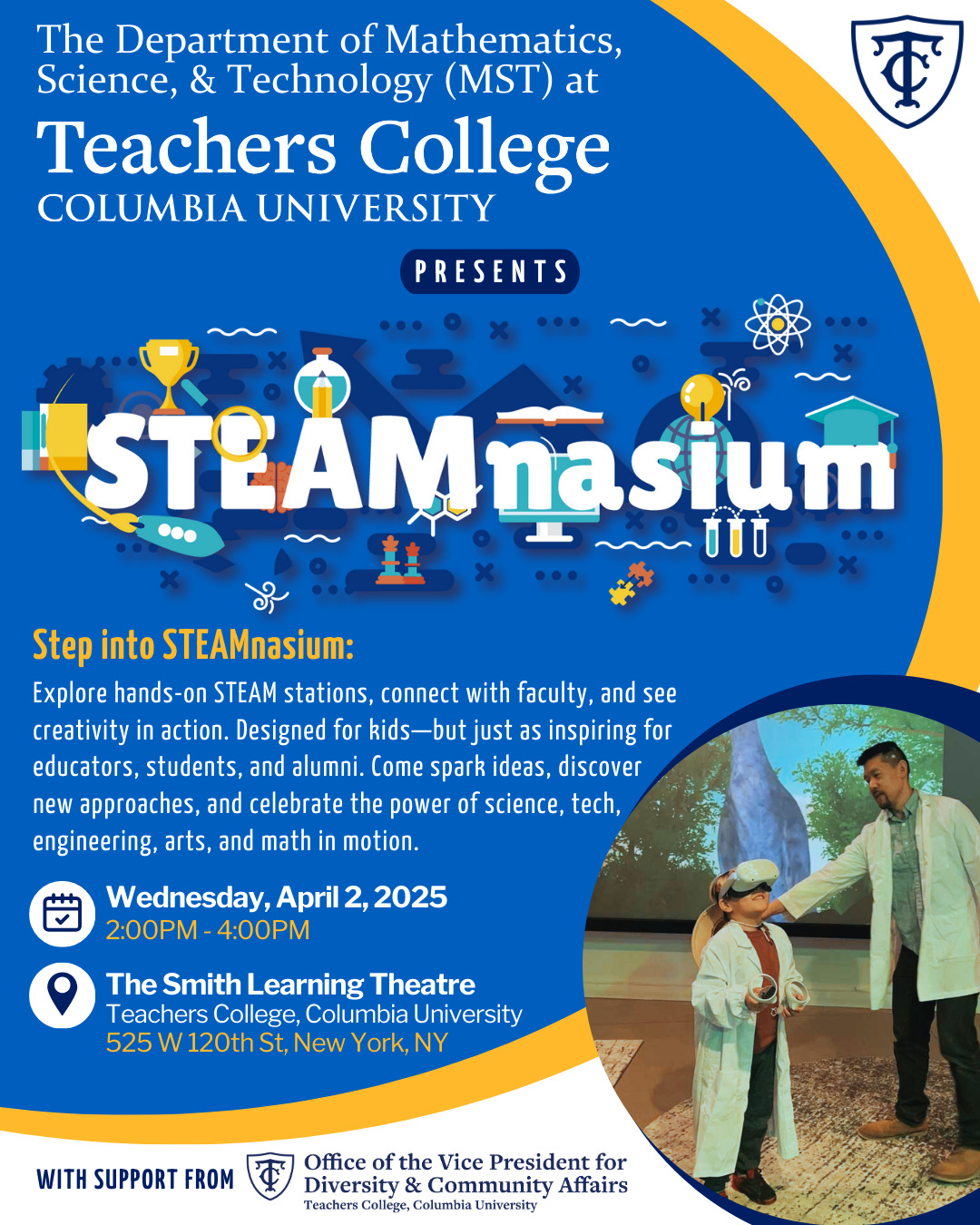
STEAMnasium banner for the 2025 event
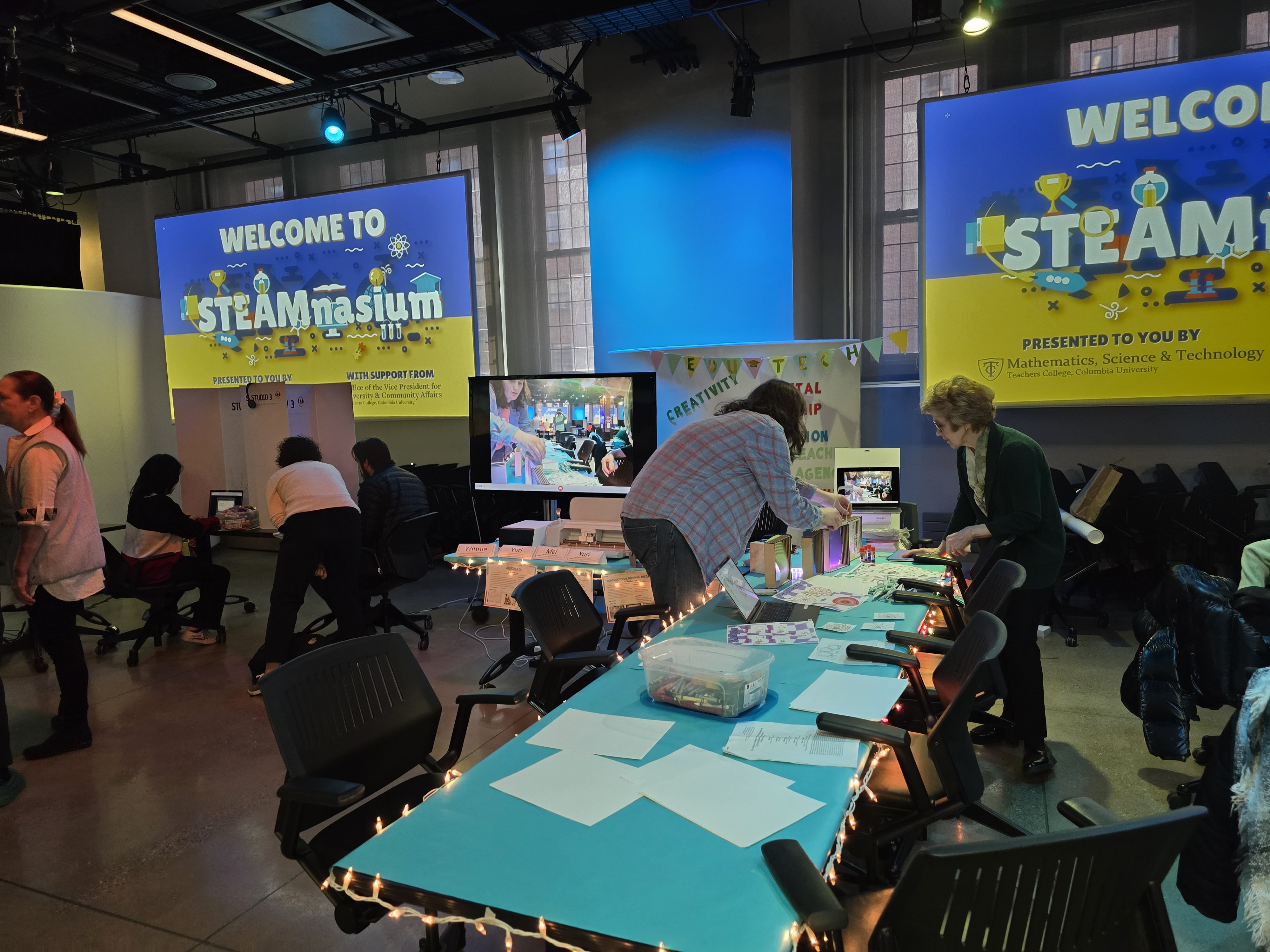
Setting up event at STEAMnasium (photo by me).
Next, on Wednesday, I participated in the annual STEAMnasium event hosted by the Mathematics, Science & Technology (MST) department at Teachers College, Columbia University. This is a vibrant and hands-on fair to celebrate Science, Technology, Engineering, Arts, and Mathematics education, put on by and for the TC and local communities.
My cohort members (Winnie Liu, Melissa De Sole, Giles Bullen) and I, all part of the Technology Specialist MA program, presented activities reflecting our work in K-12 school placements this year. We showcased projects like coding Turtle Art for computational thinking, using AI for drawing completion, designing cardboard automata, and experimenting with illuminated illustrations. It was a great opportunity to share practical classroom applications of EdTech.
Columbia Data Science Day 2025 (Wednesday, 2 April)
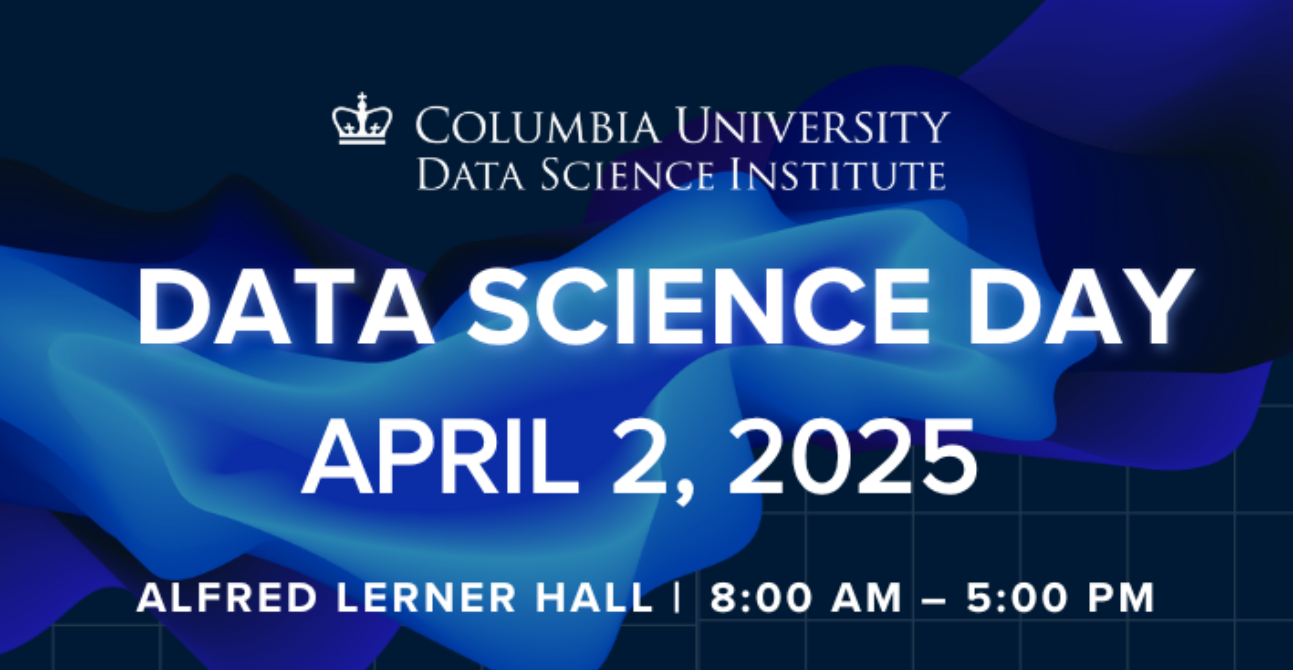
Columbia Data Science Day 2025 brochure
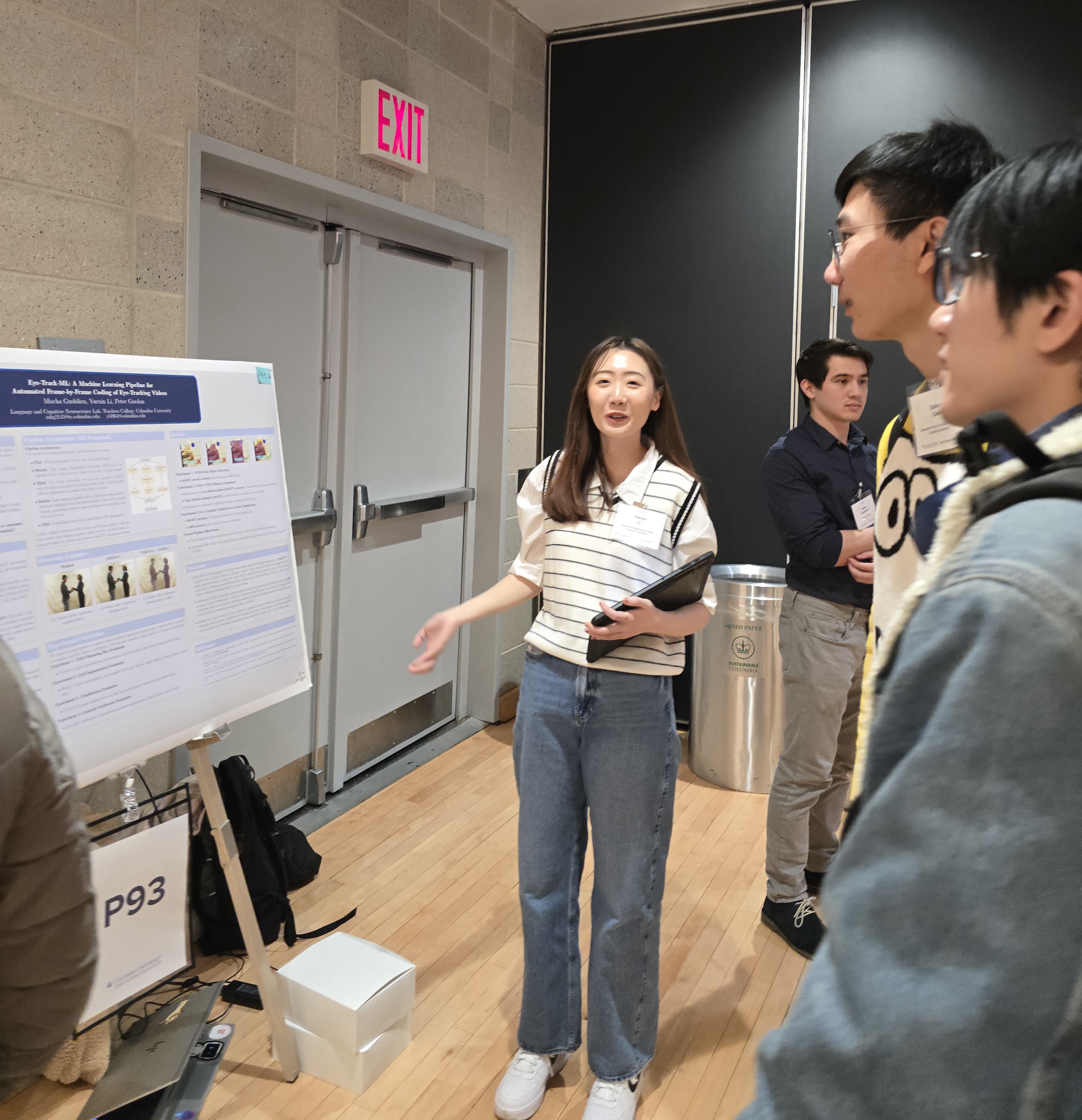
My partner, Yuexin Li, presenting (photo by me).
Lastly, Yuexin Li and I presented a poster at Columbia University’s Data Science Day on April 2nd. This is a flagship event by the Data Science Institute that connects university researchers with industry and government innovators. The event featured talks, lightning sessions, and over 100 posters and demos.
Representing the Language and Cognitive Neuroscience Lab, my research partner Yuexin Li and I shared our work on “Eye-Track-ML,” a machine learning pipeline developed to automate the frame-by-frame coding of eye-tracking videos. This tool significantly speeds up the analysis of gaze data, crucial for studies like our infant event representation research, using models like YOLOv11 and SAM2.1. You can learn more about the project from our related AI Summit contribution.